Thomas Schneeweis – The New Science of Asset Allocation
$24.00
Historical Security and Index Performance Provides a Simple Means to Forecast Future Excess Risk-Adjusted Returns 215 Recent Manager Fund Return Performance Provides the Best Forecast of Future Return 215
Thomas Schneeweis – The New Science of Asset AllocationDescriptionA feasible asset allocation framework for the post 2008 financial world Asset allocation has long been a cornerstone of prudent investment management; however, traditional allocation plans failed investors miserably in 2008. Asset allocation still remains an essential part of the investment arena, and through a new approach, you’ll discover how to make it work. In The New Science of Asset Allocation, authors Thomas Schneeweis, Garry Crowder, and Hossein Kazemi first explore the myths that plague this field then quickly move on to examine how the practice of asset allocation has failed in recent years. They then propose new allocation models that employ liquidity, transparency, and real risk controls across multiple asset classes.
Written by an experienced team of industry leaders and academic experts, The New Science of Asset Allocation explains how you can effectively apply this approach to a financial world that continues to change. ABOUT THE AUTHORTHOMAS SCHNEEWEIS, PHD, is the Michael and Cheryl Philipp Professor of Finance at the University of Massachusetts, Amherst and is the founding director of the Center for International Securities and Derivatives Markets. He is also the founding editor of the Journal of Alternative Investments, cofounder of the Chartered Alternative Investment Analyst Association, and a founding Director of the Institute for Global Asset and Risk Management. During his almost forty years of investment management experience, he has been associated with the development of alpha transfer and fund replication products, the creation and development of the Zurich Hedge Fund Indices and the Dow Jones Hedge Fund Benchmark Series, as well as being instrumental in the creation of the Bache Commodity Index. Schneeweis publishes widely in the area of investment management and is often quoted in the financial press. GARRY B. CROWDER, JD, MBA, is a noted expert in the development and creation of multi-asset portfolio solutions and products. He has designed and implemented asset allocation solutions for leading multinational banks, insurance companies, and family offices. Crowder created and was managing partner of one of the first and largest hedge fund platforms based on managed accounts. In this capacity, he formed and led the team that created the Zurich Hedge Fund Indices and the Dow Jones Hedge Fund Benchmark Series. With over twenty years of investment experience, he is a founding Director of the Institute for Global Asset and Risk Management and has also served in managing director positions at Morgan Stanley Asset Management and Tiger Management LLC. HOSSEIN KAZEMI, PHD, CFA, is regarded as a leader in the area of asset allocation, and has published over thirty academic and practitioner articles in the area of asset pricing and asset allocation. He is a founding partner of Alternative Investment Analytics, LLC, and White Bear Partners, LLC. Kazemi is a professor of finance at the University of Massachusetts, Amherst and is the Associate Director of the Center for International Securities and Derivatives Markets. He is the current Program Director of the Chartered Alternative Analyst Investment Association. TABLE OF CONTENTSPreface xi Acknowledgments xix Chapter 1 A Brief History of Asset Allocation 1 In the Beginning 3 A Review of the Capital Asset Pricing Model 4 Asset Pricing in Cash and Derivative Markets 6 Models of Return and Risk Post-1980 11 Asset Allocation in the Modern World 14 Product Development: Yesterday, Today, and Tomorrow 15 Notes 17 Chapter 2 Measuring Risk 20 What is Risk? 22 Traditional Approaches to Risk Measurement 24 Classic Sharpe Ratio 26 Other Measures of Risk Assessment 28 Portfolio Risk Measures 30 Other Measures of Portfolio Risk Measurement 33 Value at Risk 34 Notes 37 Chapter 3 Alpha and Beta, and the Search for a True Measure of Manager Value 39 What is Alpha? 39 Issues in Alpha and Beta Determination 46 Problems in Alpha and Beta Determination 48 Multi-Factor Return Estimation: An Example 50 Tracking Alternatives in Alpha Determination 54 Notes 56 Chapter 4 Asset Classes: What They are and Where to Put Them 58 Overview and Limitations of the Existing Asset Allocation Process 59 Asset Allocation in Traditional and Alternative Investments: A Road Map 61 Historical Return and Risk Attributes and Strategy Allocation 66 Traditional Stock/Bond Allocation versus Multi-Asset Allocation 70 Risk and Return Comparisons Under Differing Historical Time Periods 71 Extreme Market Sensitivity 74 Market Segment or Market Sensitivity: Does It Matter? 82 How New is New? 84 Notes 88 Chapter 5 Strategic, Tactical, and Dynamic Asset Allocation 91 Asset Allocation Optimization Models 92 Strategic Asset Allocation 99 Tactical Asset Allocation 101 Dynamic Asset Allocation 107 Notes 109 Download immediately Thomas Schneeweis – The New Science of Asset Allocation Chapter 6 Core and Satellite Investment: Market/Manager Based Alternatives 110 Determining the Appropriate Benchmarks and Groupings 111 Sample Allocations 117 Core Allocation 119 Satellite Investment 120 Algorithmic and Discretionary Aspects of Core/Satellite Exposure 120 Replication Based Indices 122 Peer Group Creation—Style Purity 126 Notes 132 Chapter 7 Sources of Risk and Return in Alternative Investments 134 Asset Class Performance 135 Hedge Funds 139 Managed Futures (Commodity Trading Advisors) 143 Private Equity 148 Real Estate 153 Commodities 160 Notes 166 Chapter 8 Return and Risk Differences among Similar Asset Class Benchmarks 167 Making Sense Out of Traditional Stock and Bond Indices 168 Private Equity 170 Real Estate 173 Alternative REIT Investments Indices 179 Commodity Investment 179 Hedge Funds 185 Investable Manager Based Hedge Fund Indices 185 CTA Investment 189 Index versus Fund Investment: A Hedge Fund Example 189 Notes 194 Chapter 9 Risk Budgeting and Asset Allocation 195 Process of Risk Management: Multi-Factor Approach 195 Process of Risk Management: Volatility Target 200 Risk Decomposition of Portfolio 202 Risk Management Using Futures 203 Risk Management Using Options 206 Covered Call 206 Long Collar 208 Notes 210 Chapter 10 Myths of Asset Allocation 212 Investor Attitudes, Not Economic Information, Drive Asset Values 213 Diversification Across Domestic or International Equity Securities is Sufficient 214 Historical Security and Index Performance Provides a Simple Means to Forecast Future Excess Risk-Adjusted Returns 215 Recent Manager Fund Return Performance Provides the Best Forecast of Future Return 215 Superior Managers or Superior Investment Ideas Do Not Exist 216 Performance Analytics Provide a Complete Means to Determine Better Performing Managers 216 Traditional Assets Reflect “Actual Values” Better Than Alternative Investments 217 Stock and Bond Investment Means Investors Have No Derivatives Exposure 217 Stock and Bond Investment Removes Investor Concerns as to Leverage 218 Given the Efficiency of the Stock and Bond Markets, Managers Provide No Useful Service 218 Investors Can Rely on Academics and Investment Professionals to Provide Current Investment Models and Theories 218 Alternative Assets are Riskier Than Equity and Fixed Income Securities 219 Alternative Assets Such as Hedge Funds are Absolute Return Vehicles 220 Alternative Investments Such as Hedge Funds are Unique in Their Investment Strategies 221 Hedge Funds are Black Box Trading Systems Unintelligible to Investors 222 Hedge Funds are Traders, Not Investment Managers 222 Alternative Investment Strategies are So Unique That They Cannot Be Replicated 223 It Makes Little Difference Which Traditional or Alternative Indices are Used in an Asset Allocation Model 223 Modern Portfolio Theory is Too Simplistic to Deal with Private Equity, Real Estate, and Hedge Funds 223 Notes 225 Chapter 11 The Importance of Discretion in Asset Allocation Decisions 226 The Why and Wherefore of Asset Allocation Models 226 Value of Manager Discretion 230 Manager Evaluation and Review: The Due Diligence Process 232 Madoff: Due Diligence Gone Wrong or Never Conducted 233 Notes 239 Chapter 12 Asset Allocation: Where is It Headed? 240 An Uncertain Future 241 What is the Definition of Order? 243 Costs and Benefits 246 Today’s Issue 246 Possible Governmental and Private Fund Responses to Current Market Concerns 247 Note 249 Appendix: Risk and Return of Asset Classes and Risk Factors Through Business Cycles 251 Glossary: Asset Class Benchmarks 271 Bibliography 279 About the Authors 285 Index 287 |
Be the first to review “Thomas Schneeweis – The New Science of Asset Allocation” Cancel reply
Related products
Stock Forex Options - Trading
Dan Sheridan – Butterflies for Monthly Income 2016 + Iron Condor Methodologies Trading
Stock Forex Options - Trading
Stock Forex Options - Trading
Stock Forex Options - Trading
Stock Forex Options - Trading
Stock Forex Options - Trading
Anton Kreil – Professional Options Trading Masterclass (POTM)
Stock Forex Options - Trading
Stock Forex Options - Trading


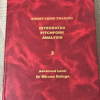
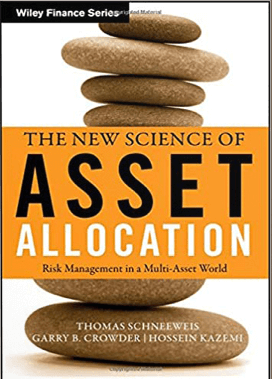


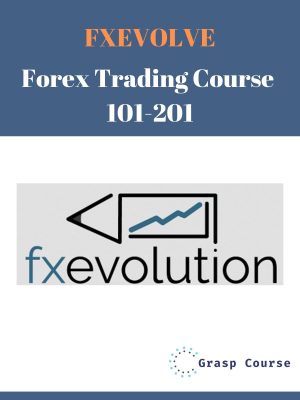
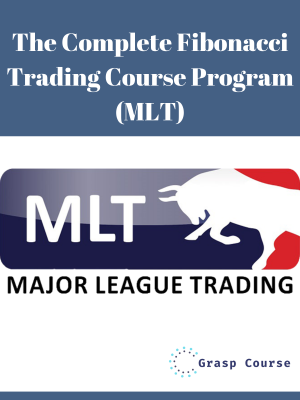
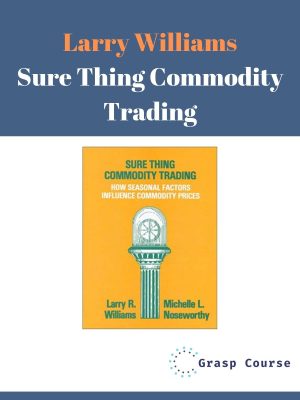

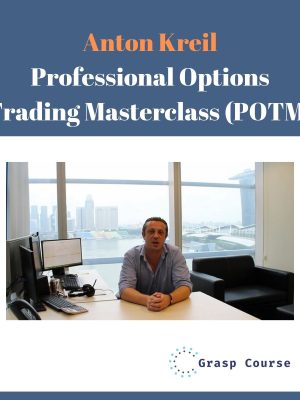

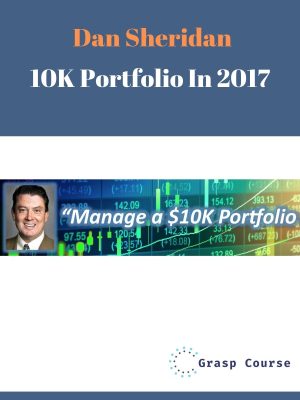
Reviews
There are no reviews yet.